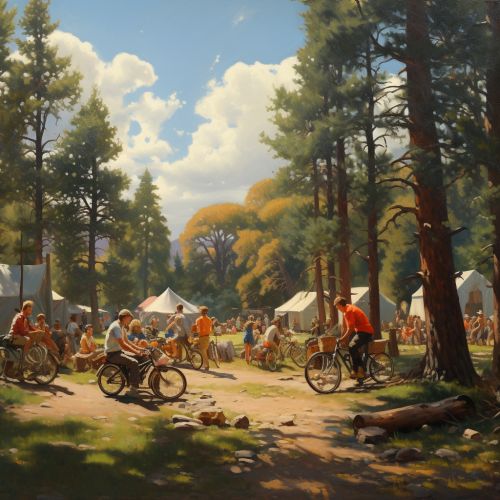Mountain Biking
Overview
Mountain biking is a sport of riding bicycles off-road, often over rough terrain, using specially designed mountain bikes. Mountain bikes share similarities with other bikes but incorporate features designed to enhance durability and performance in rough terrain. Mountain biking can generally be broken down into multiple categories: cross country, trail riding, all mountain (also referred to as "Enduro"), downhill, freeride and dirt jumping. However, the majority of mountain biking falls into the categories of Trail and Cross Country riding styles.
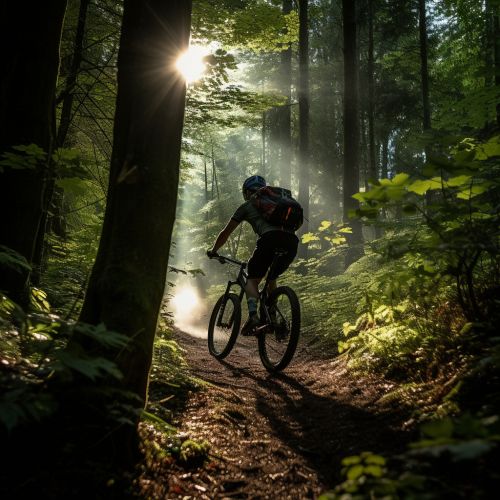

History
The sport of mountain biking originated in the 1970s, when riders would descend mountain fire roads on bikes designed for urban settings. The sport became popular in the 1980s in Northern California, USA with riders using older single speed balloon tire bicycles to ride down rugged hillsides. Mountain biking has been recognized as a sport since the 1990s, and has since grown into a popular activity worldwide.
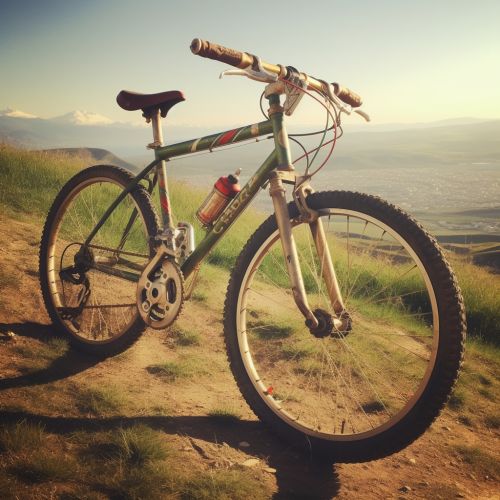
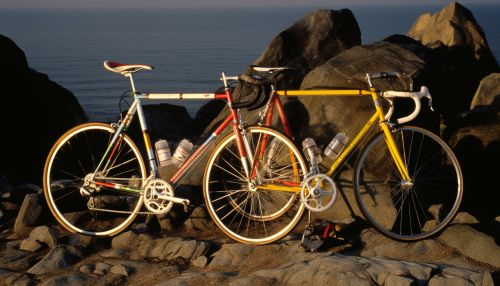
Equipment
The equipment used in mountain biking varies widely and is, in many cases, determined by the type of riding the individual is engaged in. However, all mountain bikes have certain characteristics in common: a suspension fork, large knobby tires, more durable wheels, more powerful brakes, straight handlebars, lower gear-ratios for climbing steep grades and sometimes rear suspension to really smooth out the trail.
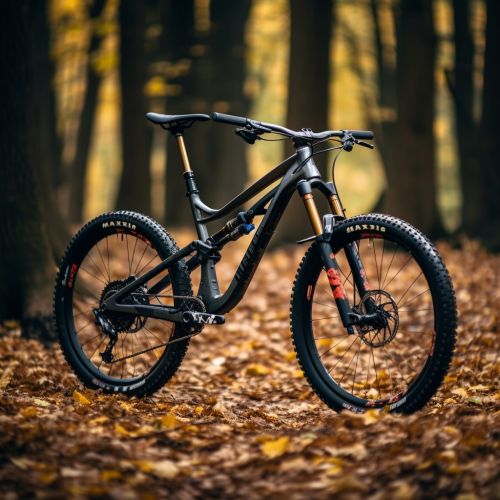
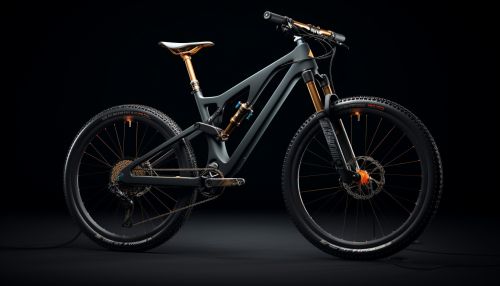
Types of Mountain Biking
Mountain biking can be performed almost anywhere from a back yard to a gravel road, but the majority of mountain bikers ride off-road trails, whether country back roads, fire roads, or singletrack (narrow trails that wind through forests, mountains, deserts, or fields). There are aspects of mountain biking that are more similar to trail running than regular bicycling. Because riders are often far from civilization, there is a strong ethic of self-reliance in the sport. Riders learn to repair their broken bikes or flat tires to avoid being stranded miles from help.
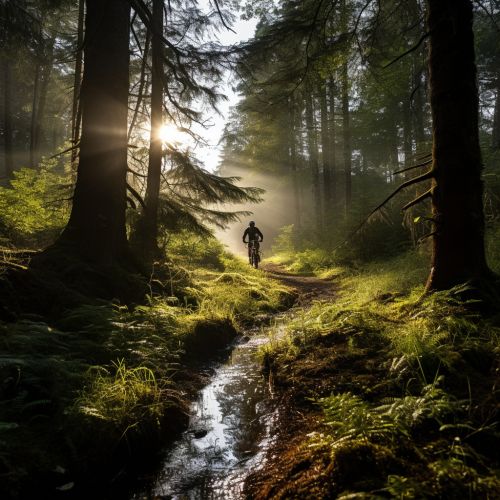

Cross Country (XC)
Cross Country (XC) mountain biking is the most common discipline of mountain biking. While less extreme than other forms of mountain biking, it can still be dangerous, and injuries are not uncommon. Cross country mountain biking is the only form of mountain biking practiced at the Olympics.
Trail Riding
Trail Riding is arguably the non-racing aspect of cross country mountain biking. This style of mountain biking typically implies riding for extended durations on trails.
All Mountain/Enduro
All Mountain, or Enduro, is a form of racing where the downhills are timed, and the uphills are not. The race is staged in a 'clover leaf' format where the rider will return to the start at the end of each stage.
Downhill
Downhill mountain biking (DH) is, in the most general sense, riding mountain bikes downhill. The rider commonly travels to the point of descent by other means than cycling, such as a ski lift or automobile, as the weight of the downhill mountain bike often precludes any serious climbing.
Freeride
Freeride mountain biking is a general discipline that encompasses several different forms of mountain biking, with the focus on fun, style, and technical trail features.
Dirt Jumping
Dirt Jumping (DJ) is the practice of riding bikes over shaped mounds of dirt or soil and becoming airborne. The idea is that after riding over the 'take off' the rider will become momentarily airborne, and aim to land on the 'landing'.


Mountain Biking Culture
Mountain biking culture is rich with events, competitions, and film and photography. The culture of mountain biking has been nurtured by magazines such as Dirt, Mountain Bike Action, and Pinkbike and is celebrated through events such as the Crankworx festival held in Whistler, B.C. and the Red Bull Rampage in Utah.
